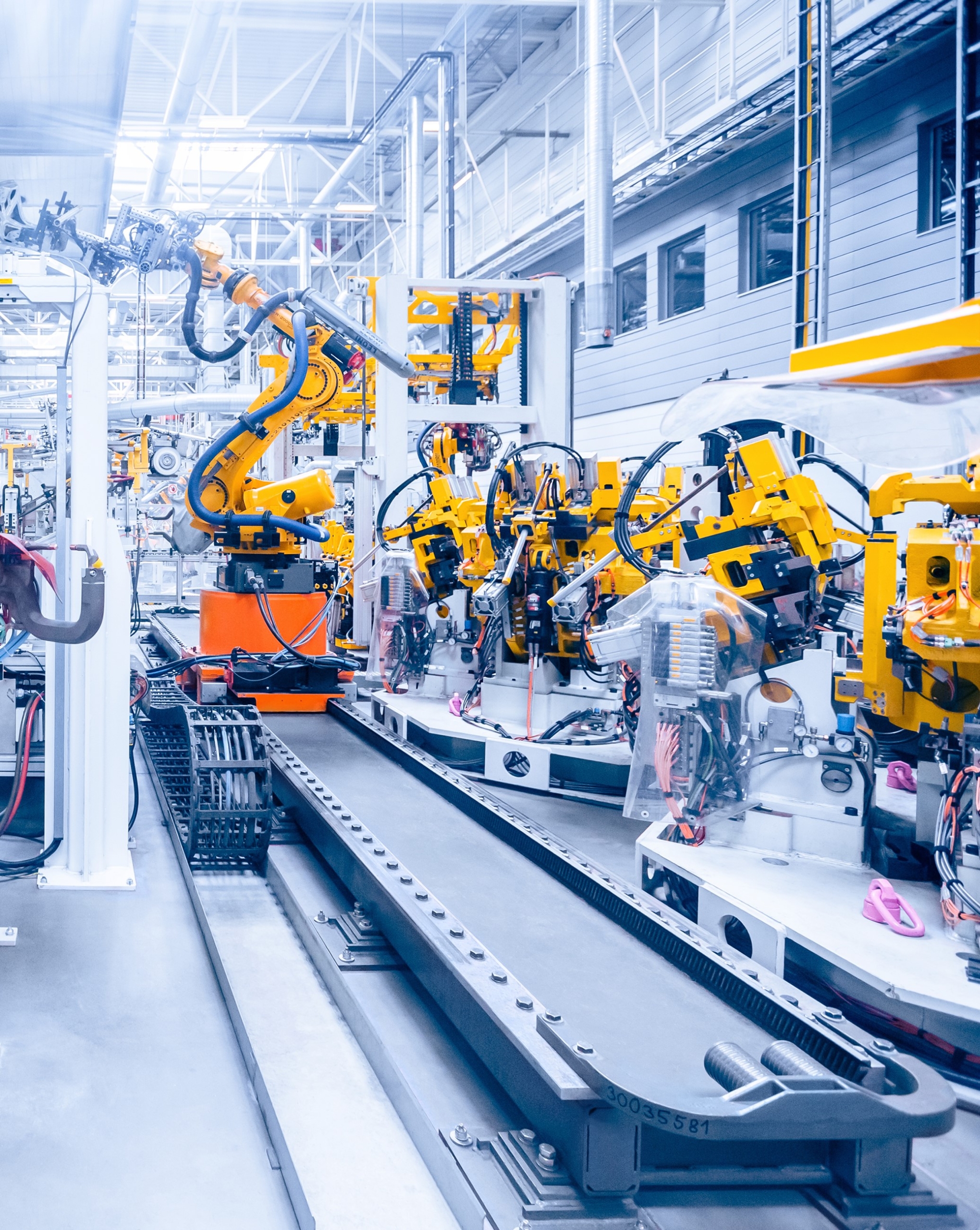Revealed – Three Places Waste is Hiding in Your Manufacturing Business
Net zero, sustainability and carbon reduction – three terms that are frequently being discussed within the manufacturing enterprise. Yet while many organisations are taking positive action to reduce waste in light of the UK’s Net Zero 2050 target, they are not necessarily making the progress they may have thought.
Waste exists in different forms and is not just represented physically in terms of defects and excess raw materials. Waste can also be hidden and less easy to identify across other areas of your business. Downtime, excessive manual processes and a lack of automation can also result in business waste. Eliminating this waste can not only improve overall business efficiency, it can also contribute to a more sustainable business model, enhancing your environmental credentials too.
Here are some of the areas waste may be hiding in your business and advice on how to clean up:
1. Scope Three emissions
Carbon emissions reduction targets typically outline three scopes and the hardest reductions to achieve lie in Scope Three emission. This group includes all indirect emissions within a company’s supply chain. For example, it incorporates those generated by inbound and outbound logistics, the production of raw materials, and even down to the stationary purchased.
Business leaders are increasingly being asked to report sustainability data to their stakeholders. At the same time, sustainability data is required to improve business efficiencies to ESG goals.
Capturing, interpreting and reporting that information is however easier said than done. It is critical to have systems in place to support the process. ERP systems such as SYSPRO enable businesses to take a deep dive into their supply chains and quickly identify areas where the business can eliminate or minimise waste.
Waste comes in many forms and the scope is endless. An ERP system can be used across a number of areas, from identifying how journey times can be reduced, improving load capacities, or identifying unethically sourced raw materials. With the capability to link data from multiple sources, harness process automation and machine learning, organisations can identify hidden waste, giving them the information they need to influence their supply chains for the good of People, Planet and Profit.
2. Unplanned machine downtime
For decades manufacturing has been attempting to drive out hidden waste through several process adjustments. For example, continuous improvement initiatives, lean manufacturing and Six Sigma. Yet, downtime still happens, largely unplanned. How can today’s manufacturing business plan for the unknown, to foresee unexpected machine failure and take preventative action to protect productivity?
SYSPRO’s Manufacturing Operations Management solution provides a real-time link between the shop floor, your core ERP system and company management teams. By improving visibility of the shop floor through employee and machine tracking, MOM equips businesses with invaluable information so they can plan more accurately, reduce lead times and loss and maximise the up time of machines.
SYSPRO MOM captures data to identify patterns and monitor and improve factory performance. It integrates manufacturing execution systems with the ERP ecosystem to help boost performance by increasing productivity and minimising waste. Automated alerts are available for quick resolution in the event of machine failure and there is potential to customise the system to support preventative maintenance.
3. Too many systems and no communication
Organic growth brings headaches; notably in the area of technology. As manufacturing businesses grow, they typically continue to add disparate systems onto their technology stack. While this approach may appear productive as a quick-fix to capacity or data issues, in the long term it can result in hidden waste when different systems do not communicate or cannot be integrated. Manual stop-gaps are often implemented which waste both time and resources.
Our purpose built system integration and data manipulation tool, DataSwitch, is the missing link to standardise the flow of information between unconnected software systems in a quick and scalable manner.
These systems include, but are not limited to, electronic data interchange (EDI), intercompany transactions, third party logistics (3PL), ecommerce integrations (Magento, WordPress etc.), data import tasks and web expenses.
DataSwitch can sit between any ERP system and any other system with which a business wants to build integrations to. Also, because it is a standalone product, it can operate independently from any ERP system. DataSwitch provides a consolidated view of critical data, enabling businesses to connect their systems and integrate the data across their entire information systems landscape. The result is effective automation, driving out hidden waste in the form of time and resources spent trying to connect different datasets.
Is it time to clean up your factory?
Quite rightly, the current focus on sustainability is driving manufacturing businesses to take a look at their environmental impacts and drive waste out of operations. This brings several benefits, such as cost savings, increased competitiveness and improved efficiency. Similar gains can be made when driving out more hidden waste, automating manual processes and disparate technology systems, consolidating supply chains and reducing productivity disruption. As your organisation continues to work on its sustainability, this is an optimum time to address all areas of waste beyond the physical. At NexSys, we’re here to help with this process.





